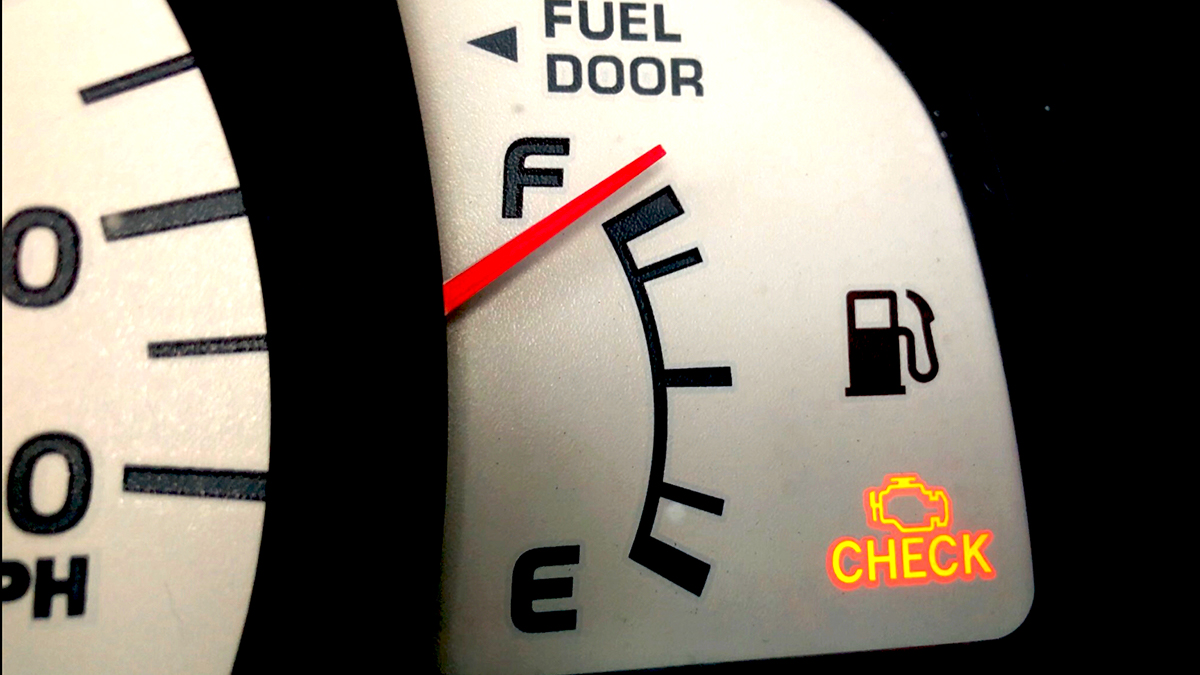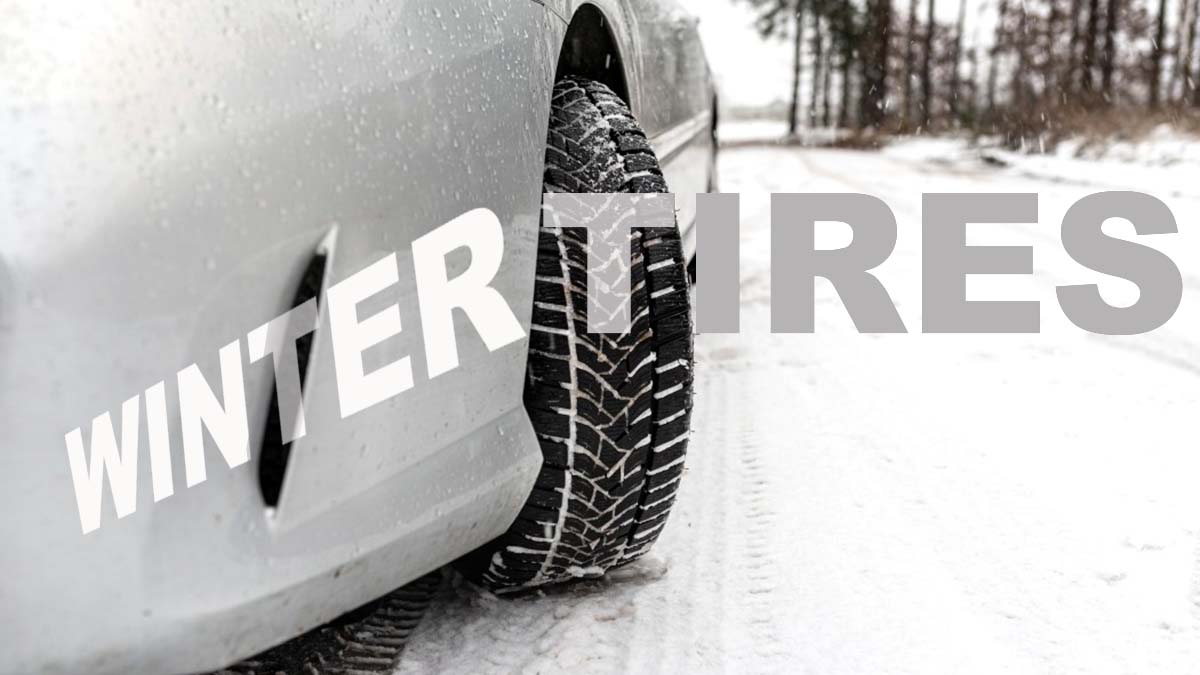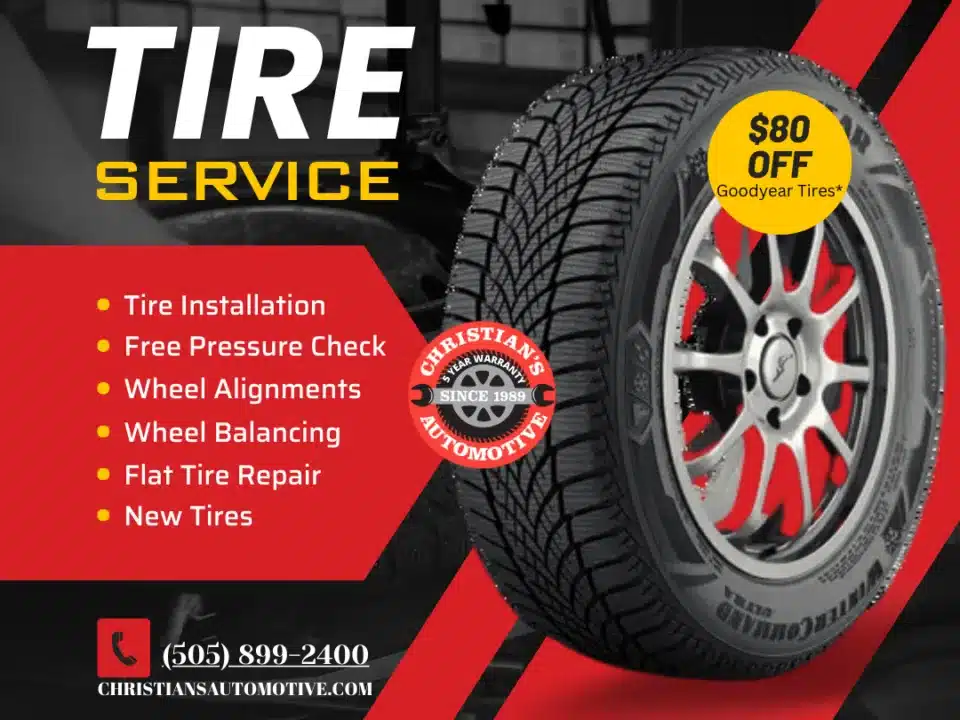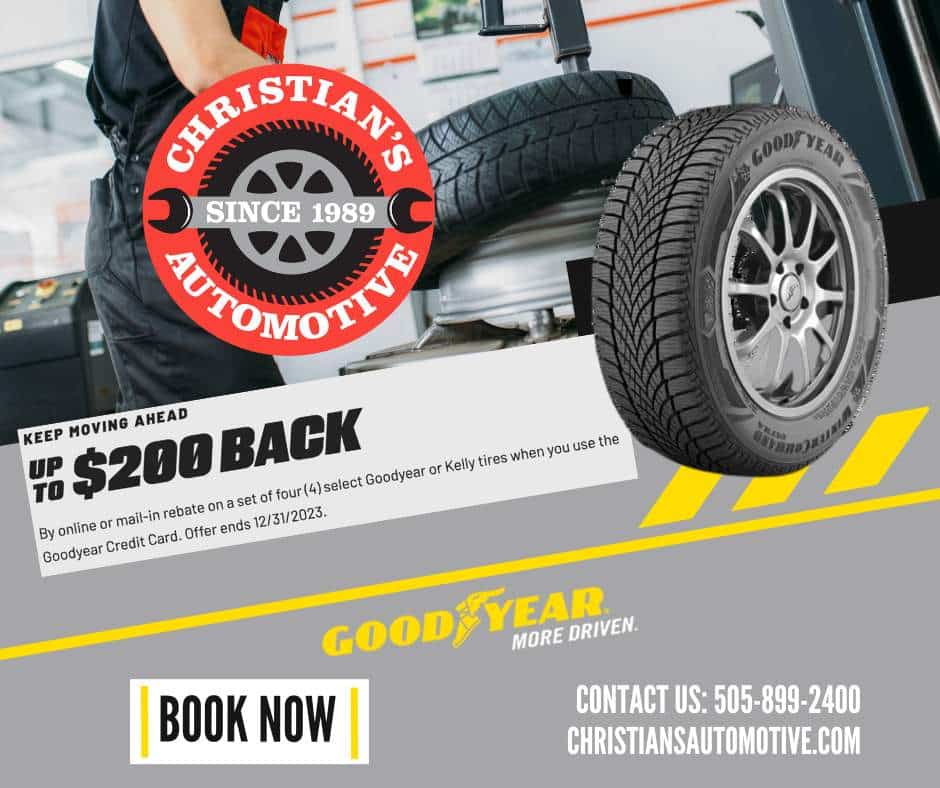
Testing Batteries
January 31, 2022
Automotive Diagnostics
February 25, 2022Do I Need Winter Tires?
Let’s talk about winter tires. We’re not talking about all-season tires here, but dedicated winter tires.
Modern winter tires do a terrific job in a wide range of winter conditions. First, below 45 degrees Fahrenheit, regular tires become hard and inflexible. That means they don’t provide the road grip you need. Even if you don’t live somewhere with a lot of snow, but it still gets below 45 degrees in the winter, you will be safer with winter tires.
In addition, they are specifically designed to more effectively move snow and water. That’s the key to traction on ice, packed snow and wet roads. They use a micro-pore compound that allows the tire to bite into ice and snow. They also use wider grooves that run around the circumference of the tread to expel snow from the tire better. The lugs and grooves on winter tires have a special shape that throws the packed snow out of the tread as the tire turns. The tread is then open when it comes back in contact with the road and can provide good traction.
Winter tires also have a lot of sipes. Sipes are thin slits in the tread. The edges of the sipes grab ice and packed snow to provide tons of traction and to expel water and slush out of the tread. Winter tires have a rounder casing to cut into the snow’s surface.
The treads on regular summer tires can get packed with snow instead and become very slick. Some tires offer 25% to 50% more traction than all-season tires. And when it comes to stopping power, all-season tires take 42% longer to stop than winter tires. Sometimes that’s the difference between getting home safely and spending the night in a snowbank.
These tires provide so much more traction than all-season or summer tires, that there’s a huge difference between the traction at the front and rear ends of the car if you only put winter tires on the drive wheels.
For example: if you take a corner on an icy road and the rear end starts to slide out, essentially the rear is trying to pass the front because it’s going faster. If you have high traction winter tires only on the front, they are going to be much more effective at transferring cornering grip and stopping power to the front wheels. This will cause the rear end to whip out even more.
That’s why tire manufactures instruct their dealers that they must install tires on the rear wheels as well whenever they put winter tires on the front end of any vehicle. It’s a major safety concern. It’s strongly recommended that winter tires be installed on all four wheels on rear wheel drive vehicles as well. The front tires do most of the steering and braking work – it only makes sense that you provide the front end with the best traction you can.
Many modern cars have traction control and anti-lock brakes so people may think that they don’t need winter tires. But you need traction to accelerate, steer and stop. The tires provide the traction so that the traction control and anti-lock brakes have something to work with.
Look for tires with the symbol of a mountain with a snowflake in it. This means the tire complies with the severe snow standard.
So, when the temperatures drop below 45 degrees, be sure you have four winter tires for maximum performance in snow, packed snow, ice, wet and dry roads. Your tire professional can help you find the right winter tire for your vehicle and driving needs.




